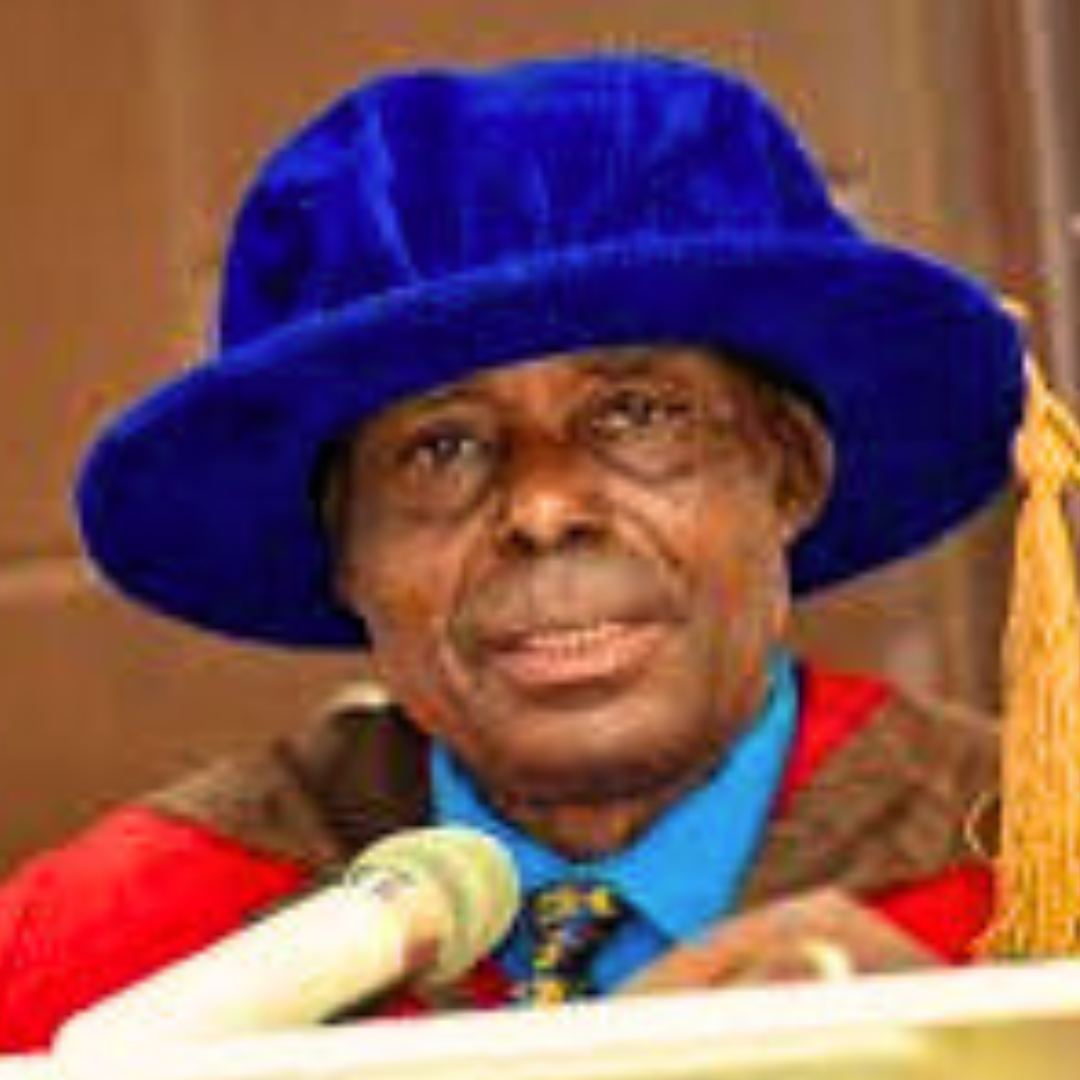
IMAGES AND IMAGING IN CATHOLIC WORSHIP
If Jesus had been born in the Internet era, the whole world would have been flooded with live videos of his birth, death, resurrection, and ascension, in addition to the audio-visual records of all his actions and miracles all through his earthly ministry.
Also, live portraits of Jesus, Mary, and Joseph, would be hanging in all Christian homes and public places of worship and evangelization, and there would have been several albums of their portraits everywhere.
In virtually every home, pictures of forebears long dead are still hanging on the living room walls just as a way of remembering them, and reminding the living of the roles they played in their lives. This is why it is puzzling for certain people to accuse the Roman Catholic Church of worshipping carved images just because of all the sacred images of Christ, Mother Mary, and the Saints, often displayed within the Church or in specific grottos dedicated to such saints. The pictures and images of our lost loved ones, not only remind us of them, but keep their affection in our hearts, giving us an indescribable feeling of joy and nostalgia, each time we gaze on them. Does that amount to worshipping those pictures? Certainly not. We are admiring not just the pictures, but the memories those pictures hold for us.
Furthermore, grandchildren and great grandchildren get to know how their grandparents and great grandparents looked like, and are able to connect spiritually with them. Pictures are powerful but mute storytellers, and a single portrait can tell a full story.
The image of Christ on the Cross is so central to Catholic worship because He performed the greatest act of love by laying His life down for humanity. The ordinary cross without the image of Christ on it is meaningless to us in the Catholic Church, because the empty cross could well be that of one of the two thieves crucified along with Christ.
We recall that while one made jest of Christ, the other, presumably the one to the right, was sympathetic towards him because he knew that Christ was an innocent sufferer, bound for Paradise. “Lord, remember me when you come into your kingdom,” he pleaded with Christ. And Jesus replied reassuringly: “Amen I say to you, this day you shall be with me in Paradise” (Luke 23:39-43). So, while one of the thieves headed for Hell, the other headed for Heaven, in a last-minute reprieve of his crimes and sins. This is a supreme example that it is never too late to make Heaven if, even at the last moment of your life, you experience true interior conversion, and you embrace Christ as your Lord and Master.
The story of the owner of the vineyard who hired labourers for his vineyard at different hours of the day is very eloquent on the justice and generosity of Christ. The vineyard owner paid all the workers, including the very last, who worked for only one hour, exactly the same amount as agreed individually with all of them (Matthew 20:1-16). So, the last can be first, and the first can be last.
The crucifix, that is, the cross with the image of Christ on it, reminds us of the Holy Eucharist, which is the source and summit of our faith. At the Last Supper, Christ instituted the Holy Eucharist with his disciples, by giving them bread and wine which became his true flesh and blood, not imitations of his flesh and blood, but spiritual food meant for healthy spiritual growth.
In the Catholic Church, there is nothing like ‘communion service’ as we have elsewhere, as different from ‘non-communion’ service. Every Catholic Mass is a Holy Communion affair, and no service is complete without it, such that Holy Communion is even offered on Good Friday, from the sacraments blessed at the Holy Thursday Mass. Thus the physical presence of Christ in the Catholic Church is real, and his images around the altar merely remind us of the reality of that presence.
Mary is represented by various images, depending on which of her many divine titles is being called to mind. For instance, as Seat of Wisdom, Mary is represented as seated on a throne with the Baby Jesus on her lap. Mary is the ultimate symbol of motherhood whose images are everywhere on display in different manners, with or without her only son. Often, she stands with arms outstretched welcoming all visitors to her grotto with a warm and reassuring smile. When a devotee stands before Mary, she is not worshipping her like an idol; rather she is reverently admiring her radiant posture, and appreciating her status as the Most Blessed Woman in human history. It is Mary who intercedes for humanity, as she did at the wedding ceremony in Cana, Galilee, when the celebrants suddenly ran out of wine. So, a visitor to the Marian grotto is asking for Mother Mary’s intervention in specific areas of their life. One of the most visited Marian grottos is that of Our Lady of Fatima in Fatima, Portugal, as a result of a series of apparitions witnessed there in 1917. In the Catholic Church, we give glory to Jesus and honour to Mary, his Mother. There are also several grottos of different saints represented by their images, who are regularly approached for their prayers, as servants who, it is believed, have the listening ear of God. The Catholic Church has no apologies to offer for using the images of Jesus and the Saints as an inspiration to connect with them spiritually, and ask for their divine assistance.



Leave a Comment